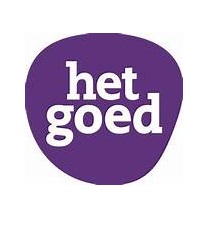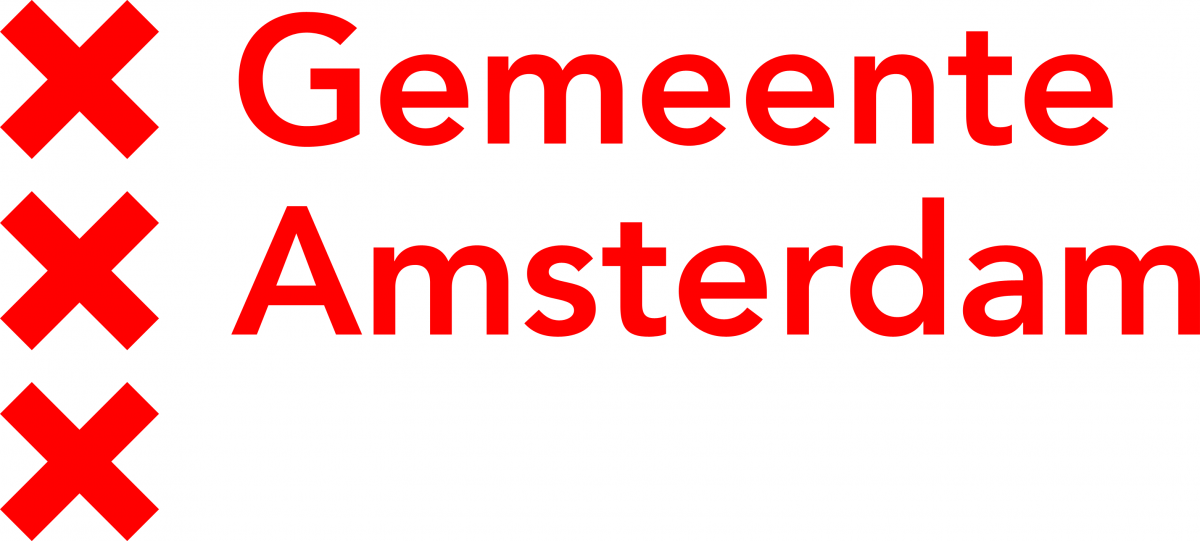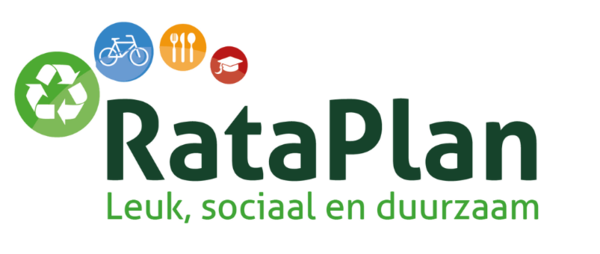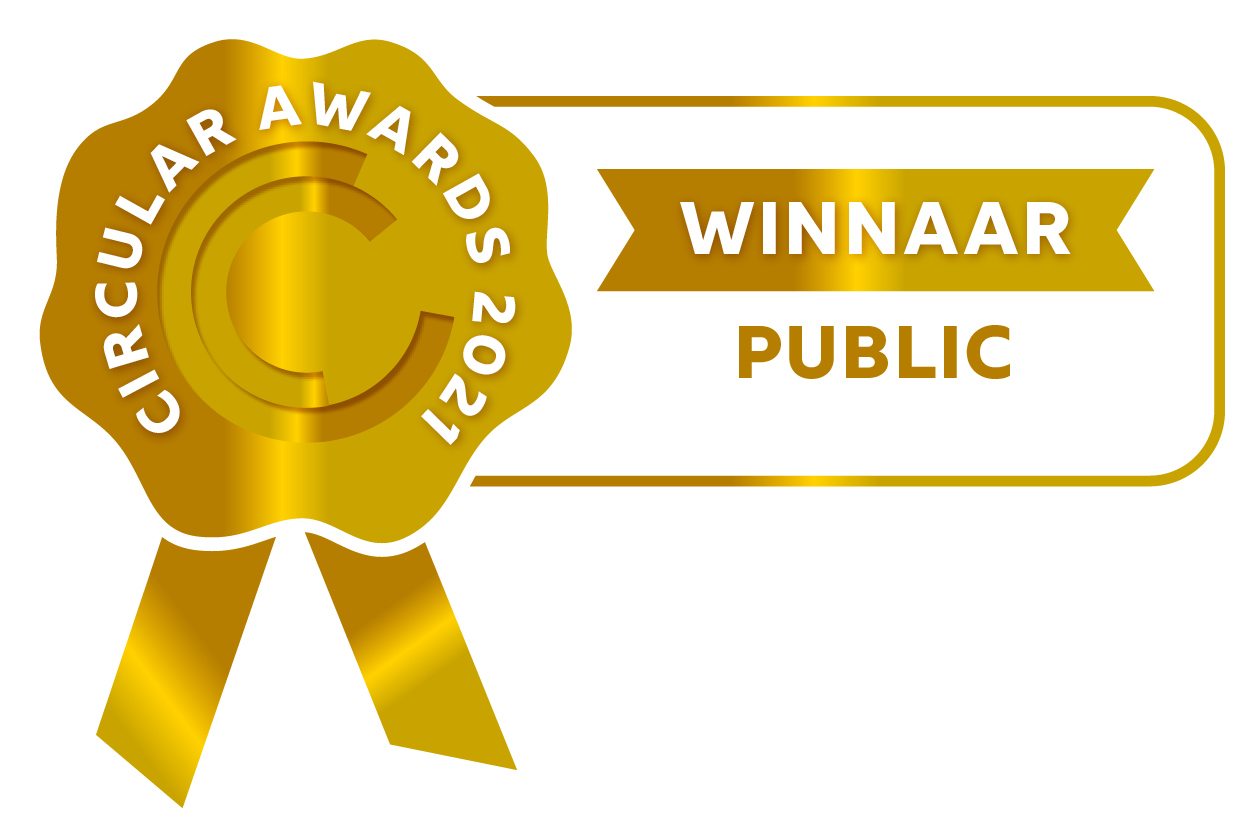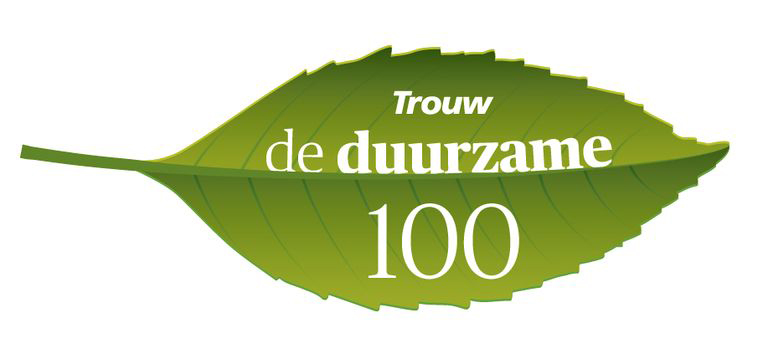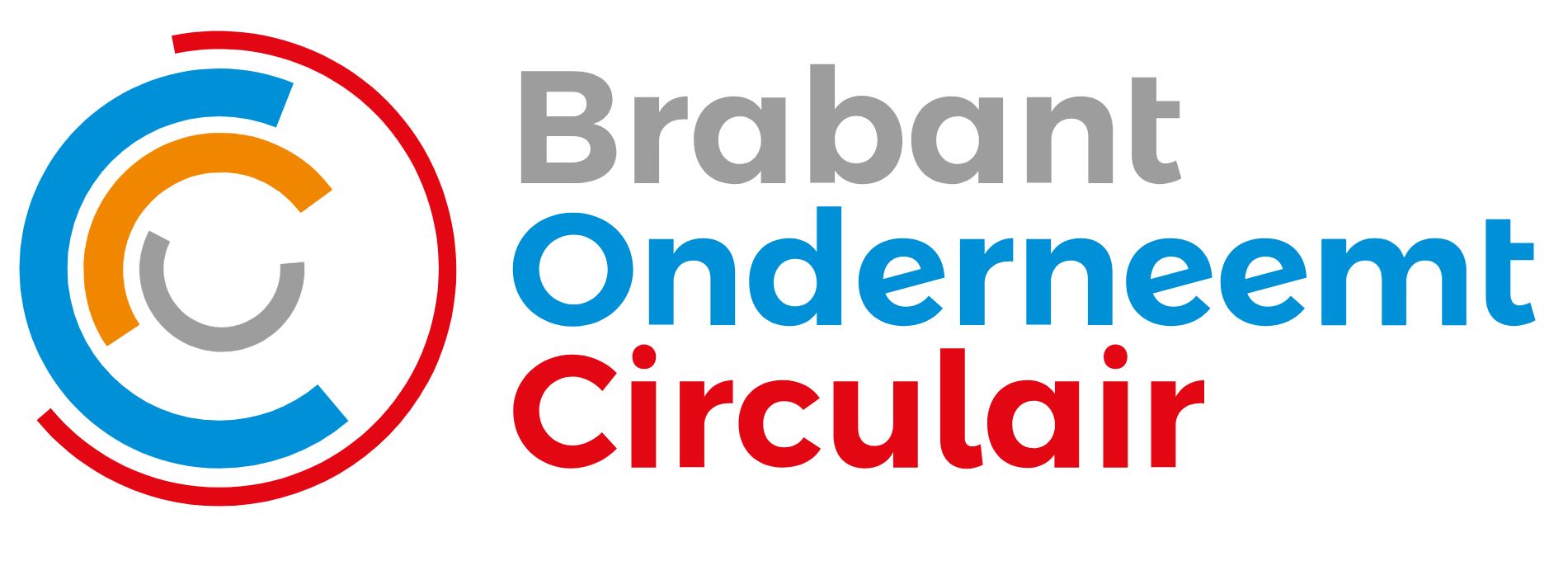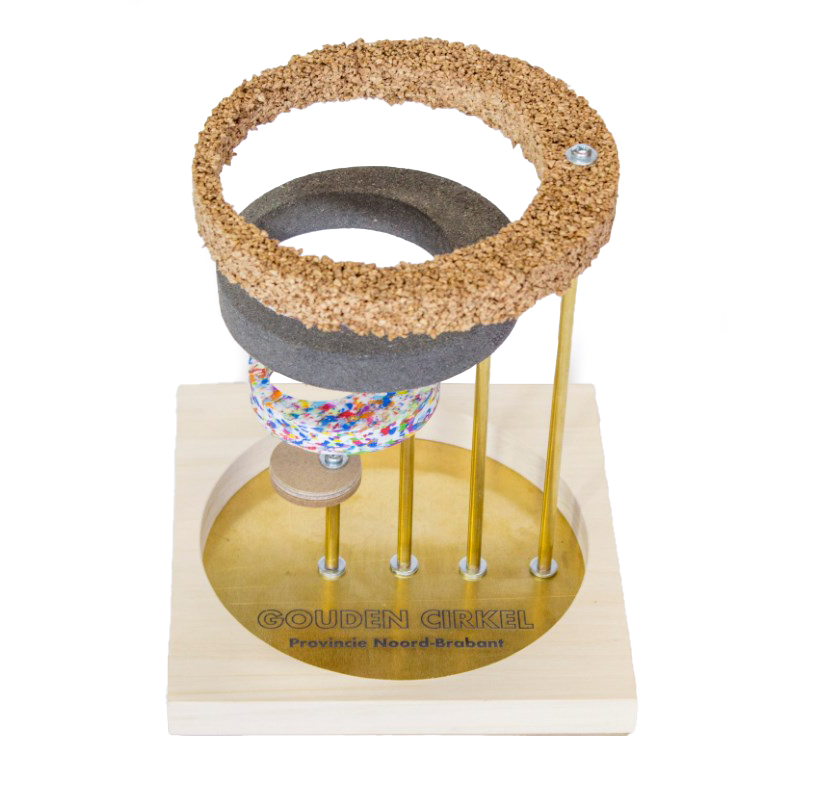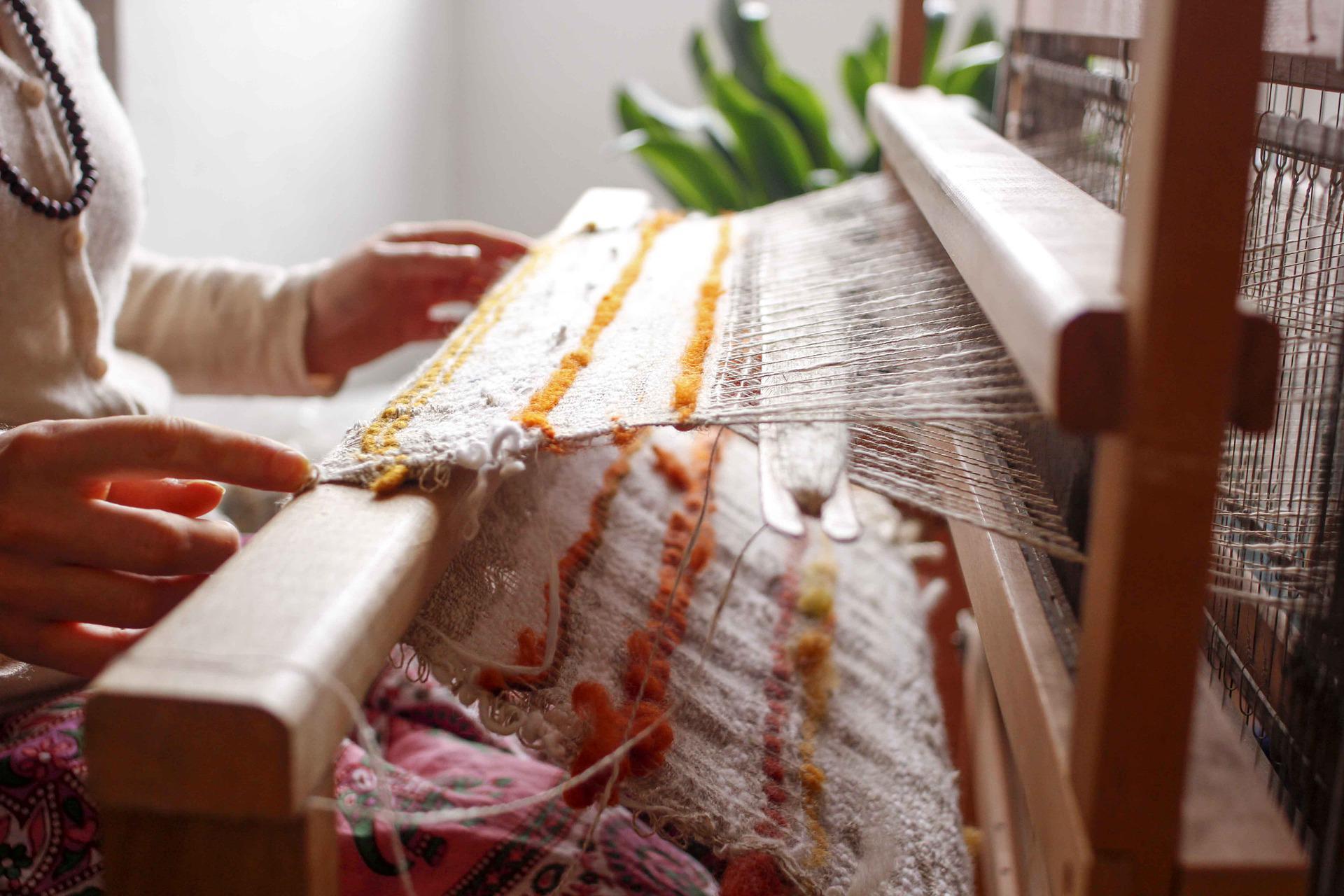
Figures Textiles
Textiles in residual waste
It's 2022 and Fast Fashion is literally the fashion word! New collections follow each other at a lightning speed! Because of these rapid changes in trend, we also produce more and more textile waste. This is because we still throw away a lot of textile unnecessarily in the residual waste. This is a real shame, because a lot of these textiles can be reused or recycled. This prevents us from having to produce new textiles, which is extremely polluting!
Making 1 kilogram of cotton takes 7,000 liters of water and 3 kilograms of CO2
Source: Recycling Nederland
With the Textile Race, we raise awareness among elementary school students and their entire environment about the importance of repairing, reusing and recycling textiles. Many textiles still end up in the residual waste unnecessarily.
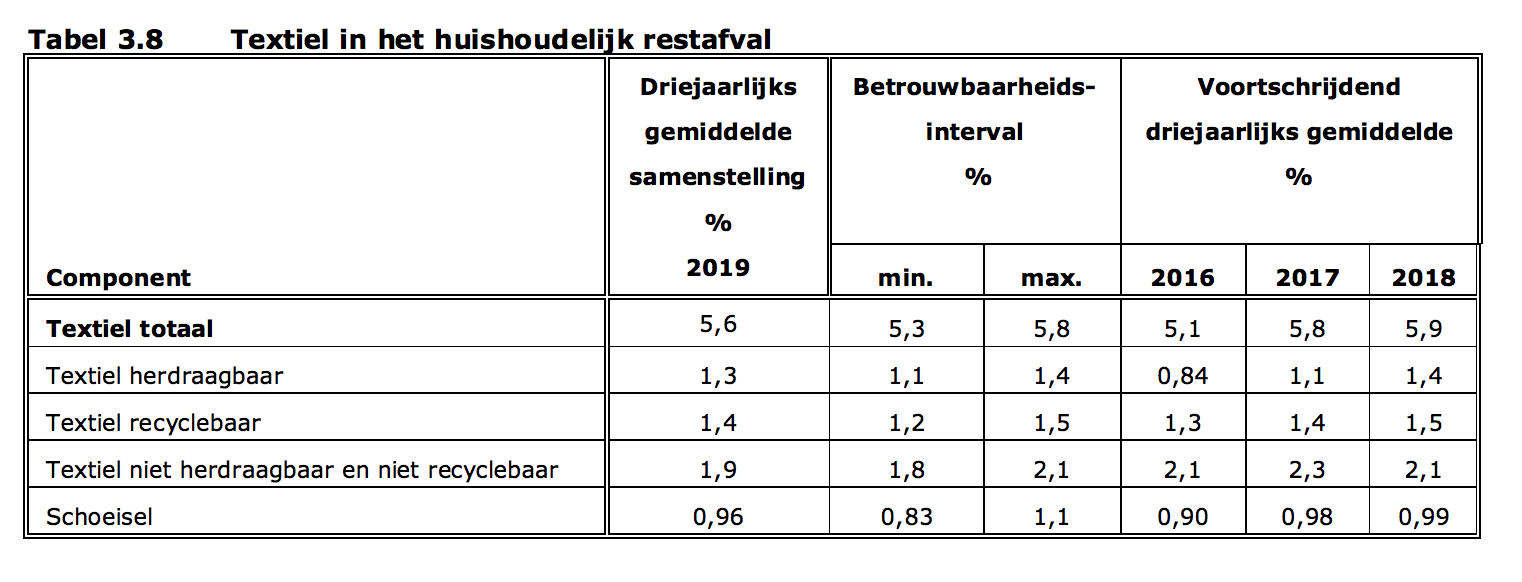
Every year the Department of Public Works conducts research (sorting analysis) into the composition of Dutch household residual waste. The table gives insight in the percentage of textiles that has been found in the residual waste in The Netherlands. The figures clearly show that there is still a big profit to be made here!
In 2019, the Dutch household residual waste consisted of 5.6% textiles. The component in this case consists only of textiles such as clothing, linen and footwear. Carpets and mats are not included.
Source: Rapport Rijkswaterstaat - page 21
The table below shows the increase in the textile share in household waste. In 1972 the percentage was 2.1%, between 1995 and 2005 the share has been relatively constant around 3%, but since then there has been a clear upward trend.
Source: Rapport Rijkswaterstaat - page 21
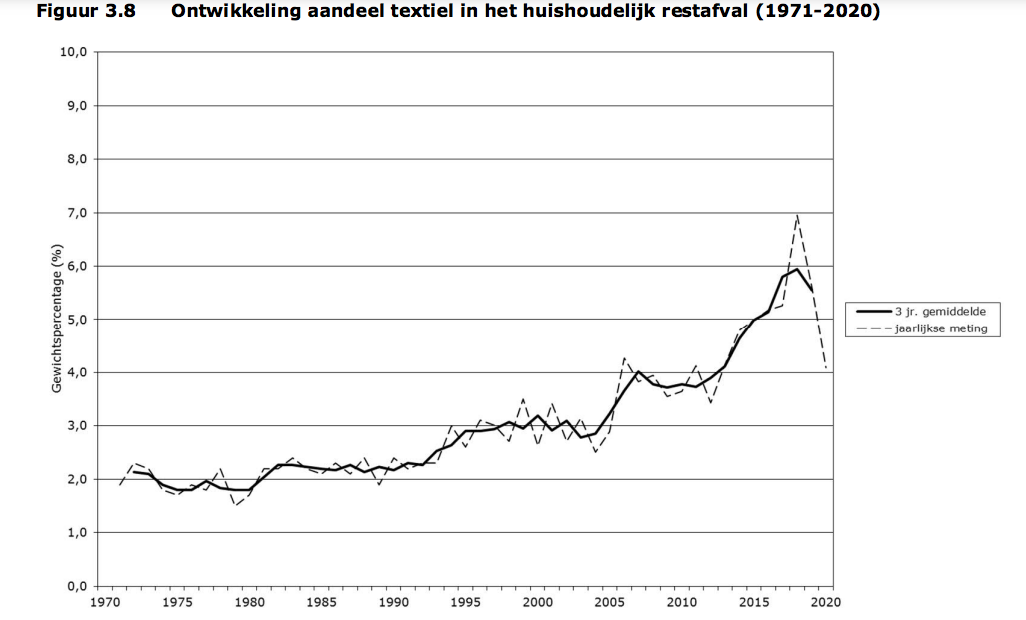
As you can see in the table below and appointed earlier, there is 5.6 percent textile in the residual waste. So that is almost double with 15 years ago.
Source: Sorteeranalyse Rijkswaterstaat


It pays to collect textiles separately! Of the collected textile 95% can be reused or the raw materials can be reused for a new textile product.
Fortunately, a lot of textiles are already collected in the Netherlands. Nevertheless, there is still a lot of room for improvement.Every year in the Netherlands, approximately 124 million kilos of textile disappear into the incinerator with the residual waste, while on average only 70 million kilos are collected per year. Research by Eureco, commissioned by the Vereniging Herwinning Textiel and Agentschap NL, shows that 65 percent of the discarded textile is suitable for recycling. The textile must be offered separately, so in the clothing bin or at the collector.
Source: Recycling Nederland
Do you also want to help with the better separation of textiles? Discover here what is allowed in the textile container!






